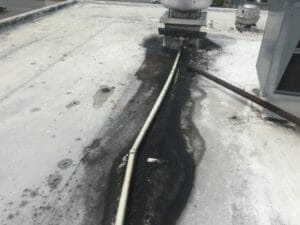MORE ARTICLES YOU MAY ENJOY
Systems & Materials
Optimizing HVAC Installations with Roof Curbs: A Guide for Contractors and Property Owners
Installing a new HVAC unit on a commercial building isn’t as simple as just placing…
Construction
7 Benefits of a Career in Commercial Roofing
A career in commercial roofing offers more than a steady job—it offers opportunities. Whether you…
Preventative Maintenance
Preparing Your Commercial Roof for Springtime
As winter fades and spring approaches, property managers and building owners across Middle Tennessee and…
Construction
The Iconic Nashville Skyline: 10 Landmark Commercial Roofing Projects for Maxwell
Whenever someone admires a stunning building, they rarely think, “Wow, that’s a great roof!” And…

